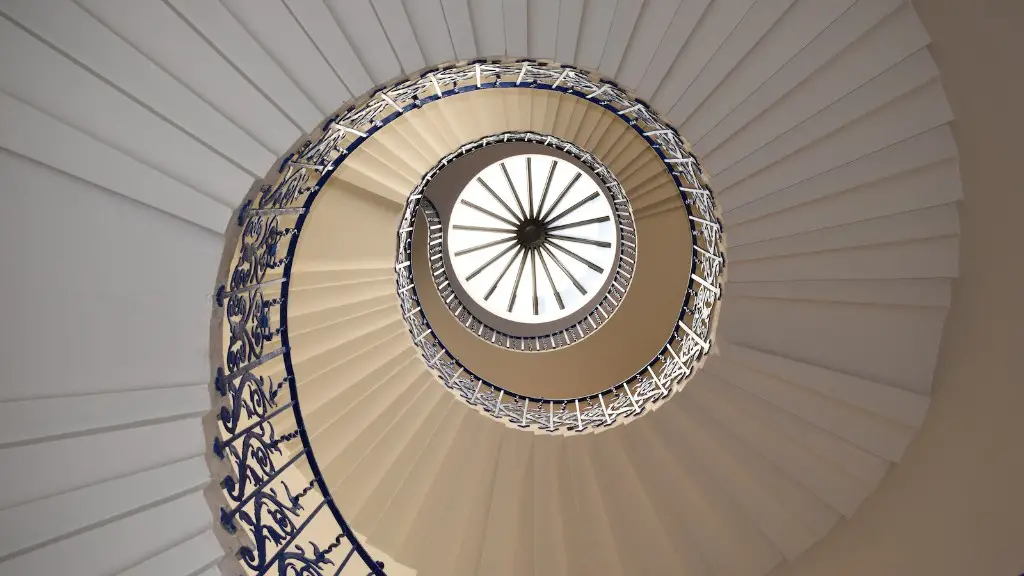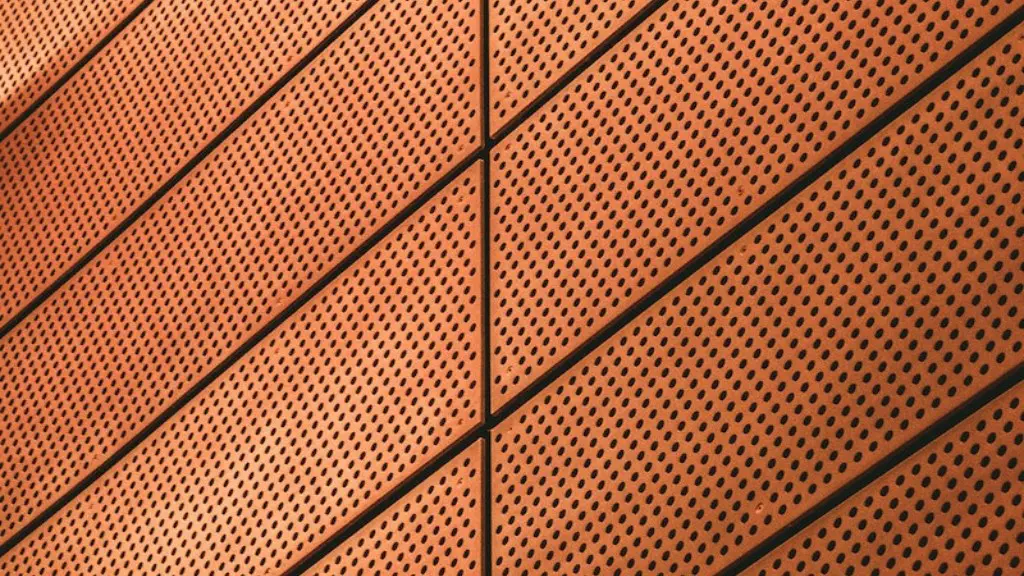Creating Sustainable, Green Architecture
Energy efficient buildings are rapidly becoming the norm, not just because they are good for the environment, but because they often cost less to construct and run, while greatly improving the aesthetics of their communities. Green architecture is an emerging trend that is gaining serious attention, and with it comes increased awareness of the importance of making our built environments as efficient and ecologically friendly as possible.
Green architecture is not just a building that has a few environmentally friendly features; it is holistic approach to creating and designing buildings that are designed to be energy and resource efficient, integrating renewable energy sources such as solar and wind power, as well as natural ventilation and efficient insulation. This approach not only minimizes the environmental impact of a building, but can drastically reduce energy bills and the use of nonrenewable resources.
Though green construction is often more expensive to begin with, the long-term benefits of energy efficiency and reduced resource consumption can be huge. Studies have shown that green buildings can save up to 50% in energy use, reduce CO2 emissions and water usage, and even improve user health and well-being. In addition, green buildings and structures often have a greater aesthetic and symbolic value than their traditional counterparts, as they demonstrate an innovative approach to ecological conservation.
However, green architecture is more than just constructing as eco-friendly building. Sustainable building practices involve taking into account the impact of a building on the surrounding environment and community. This means that green construction involves a conscious effort to create buildings and structures that are aesthetically pleasing, energy and water efficient, and incorporate local materials. In addition, green architecture must involve thoughtful planning for waste management and the integration of green spaces and vegetation into the environment.
The Need for New Building Standards
Creating green buildings is complex and requires significant resources, planning and know-how. Unfortunately, there are still not enough guidelines and standards for green construction in place. While there are some organisations providing certification and awards that recognise green buildings, there is still a long way to go in raising awareness of green architecture and pushing for better building standards.
Efforts to regulate and standardise green building practices are being made, but these are slow and often met with resistance by some members of the construction industry. This is mainly due to the increased costs associated with green construction, as well as a lack of knowledge and understanding of the benefits and long-term savings.
This is why it is so important to raise awareness of green architecture and highlight the importance of investing in sustainable building practices. It is only by educating builders, developers and policy makers about the value of green building that we can truly make a difference and encourage better building standards.
How Can We Encourage Greener Building Practices?
There are several steps that can be taken to encourage greener building practices. Firstly, more public support is needed for green building initiatives, as well as higher incentives for developers who invest in green construction. Governments can also play a role in providing training and resources that help to raise awareness of green building and incentivise companies to implement sustainable building practices.
In addition, there needs to be an increased focus on smart design and materials selection, so that builders are encouraged to use materials and methods that are energy efficient, while also considering the impact they will have on the environment. Finally, local governments should work with developers to provide guidance and support, so that they are able to create energy and resource efficient buildings that are also aesthetically pleasing and in line with community goals.
Green Building Practices in Action
Green construction is already being successfully implemented in many countries around the world. Skopje, the capital of Macedonia, is an example of a city that has adopted green building practices as part of its urban renewal strategy. Skopje’s new buildings have been designed to be as energy efficient as possible, minimising their environmental impact and saving money in the long run.
The city of Melbourne, in Australia, is also taking great strides in promoting green architecture, with a number of ambitious projects already underway. In 2010, the city of Melbourne signed the ‘Better Buildings Compact’, a commitment to achieving energy efficiency and sustainability in the built environment. The city is also working with developers to design energy efficient buildings in its central business district.
Conclusion
Green architecture has long been seen as a way to create energy efficient and eco-friendly buildings. As climate change becomes an ever-present reality, it is more important than ever to push for greener construction practices that minimise the impact of our built environments on the environment.
This means that governments, developers and builders must work together to create energy efficient and sustainable buildings, while also educating the general public on the value of green architecture and environmental conservation. If we are to make our built environments as eco-friendly as possible, then green architecture should not be seen as a luxury, but a necessity.

